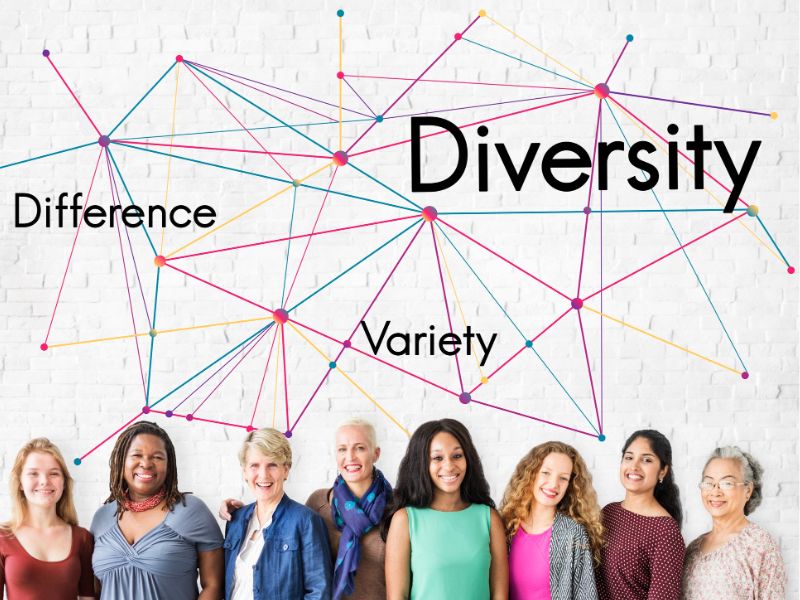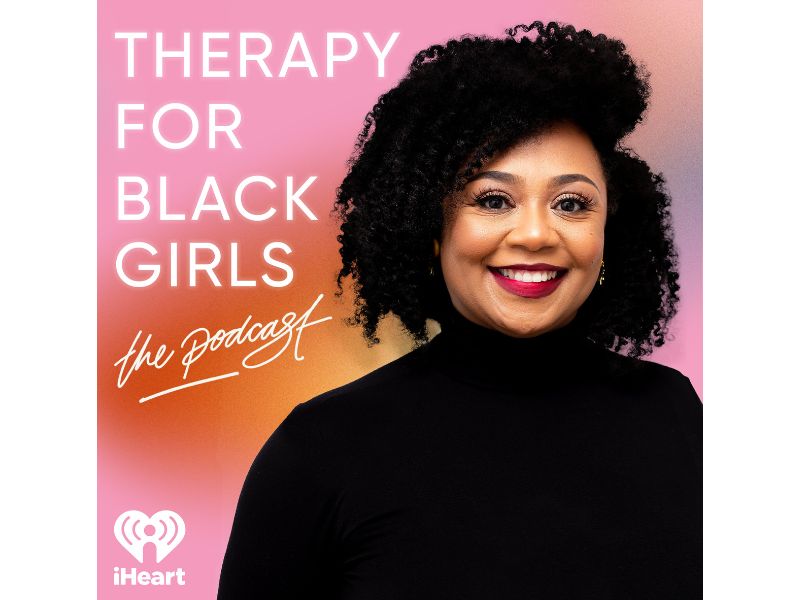
When looking at diversity, equity and inclusion in the workplace, the ultimate goal is always for everyone to feel like they truly belong. But with only so many hours in the day, so many people looking after DEI in your organisation and a limited budget, this is no easy feat.
If your workplace has been along this journey for a while, you have an opportunity to try quite a few different initiatives and see the results. Here are 3 areas of inclusion you have probably missed.
1. Make your processes more inclusive – especially for neurodivergent employees.
There are simple things to implement and yet it doesn’t get addressed in depth a lot by organisations. Keep in mind that something that will work for one neurodivergent employee might not work for another. So while some processes can help across the board, some will require more flexibility.
If we were to start from the beginning of someone’s journey, how inclusive are your job offers and interview process? Are you still using any kind of language that leaves room for interpretation or are you being crystal clear in the description? Are you providing a detailed account of the interview process with timings and clear expectations? Whether it will be remote or in person, and how many people will be in the room?
For the interview themselves, are you sharing any kind of details and questions ahead of the interview? If you are operating in a client services business, you might be thinking “Oh but we NEED to see how they react with a bit of unknown, clients don’t send us their questions ahead of time”. This is fair BUT you can still present it as such: during the first 15 minutes of the interview we will go through those questions, there will then be 10 minutes of unprepared questions using examples we received from clients to see your knowledge in action.
Once someone joins your company, how flexible are your working policies? If you are forcing people to be in the office, especially more than one day a week, the sensory overstimulation it involves will not work for all. You need to provide options and not force people to ask.
When it comes to meetings, are ALL your employees using the 3P (process, purpose, payoff) in their meeting invites so everyone is clear about their role, what is expected of them and when each person will be sharing?
2. Not letting ageism get in the way, both ways
Most organisations tend to have an ageism issue one way or another. Either the workforce is very young and you don’t see many people above a certain age or it is tricky to rise through the ranks. You’re considered too young and don’t have enough experience.
The first step here, as with anything in DEI, is to take stock of what you see. Maybe even send a survey out to get a sense of what people know and notice.
Once you get a sense of what is the situation within this particular place, you can then look at ways to work on it. Starting with the hiring managers and line managers, many decisions they will be making won’t even get to HR. If a hiring manager or a line manager decides that person’s age. This will usually translate into a perceived lack of experience or a perceived arrogance due to experience. This won’t be something they share in detail. They will have preferred another candidate or come to HR to promote someone else. Whatever your role is in that situation, be curious about the decisions. If you’re the one making it, ask yourself honestly. If someone else is, ask with curiosity.
3. Ensuring the physical workplace is welcoming for people with bigger bodies
This is the one that usually doesn’t even get discussed when looking at the DEI initiatives. But bigger people do exist (not in a derogatory way, in a descriptive way). I can tell you from experience that offices are not always welcoming.
From breakout areas with design but flimsy-looking chairs to little booths, where squeezing through between the bench and the table means you have to be the one at the end or bring a chair. Whether you can adjust the armrest on your desk chair so there’s enough space for the rest of you, how much room there is in a toilet stall to close the door between you and the toilet itself… you got it there are many things in the space that can be an issue. Again, if your organisation has been working on improving their inclusion for a while, then you probably looked at your offices from different disability angles. But at this point, are they truly inclusive?
Last but not least, putting a timeline for any of your DEI initiatives, including those ones, will always be helpful. Even if it means the organisation is behind at some point or doesn’t meet the targets they had set. Accountability is a big part of moving in the right direction. Being open and honest about where you are with employees is an important part of trust.
About the author
Florence Weber-Zuanigh is a certified CPPC and ICF empowerment coach who works with women (both cis and trans) and non-binary people in both group coaching and workshops to help them find their introverted path, reach body positivity/neutrality, get focused and achieve their goals. She is also the founder of Diversity in the Boardroom and works with businesses to help them foster supportive, inclusive work environments through diversity and inclusion initiatives.
Read more support and help here.








